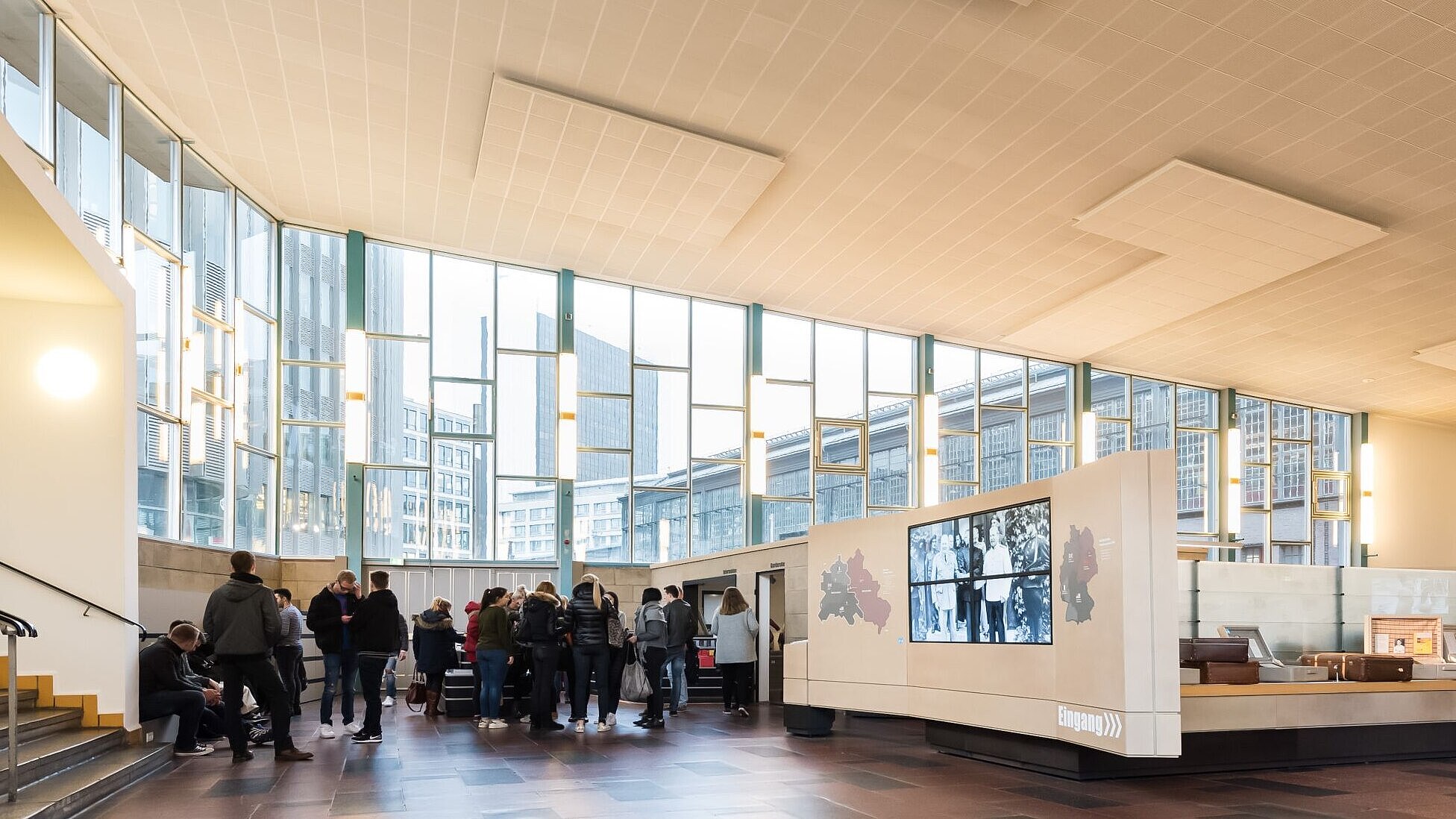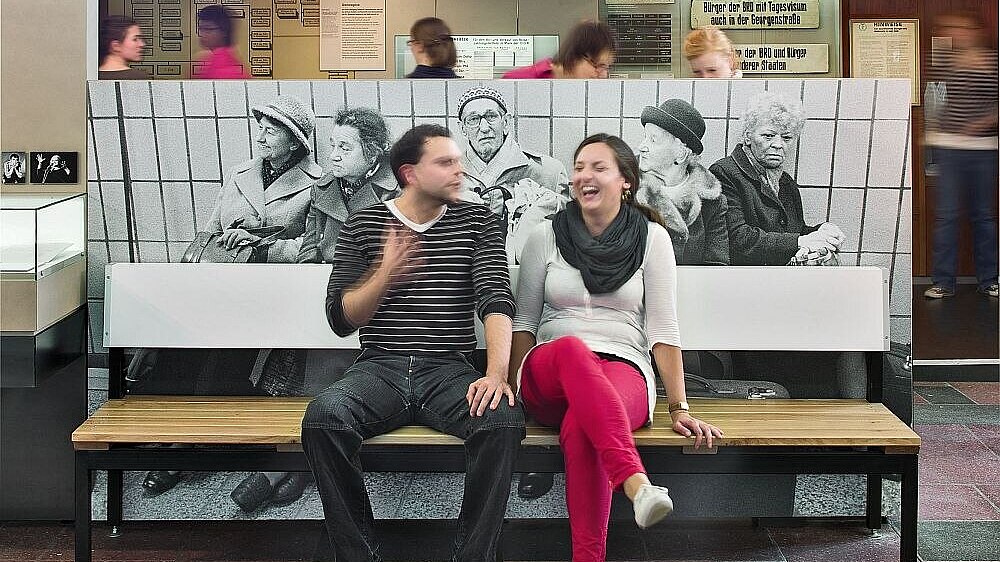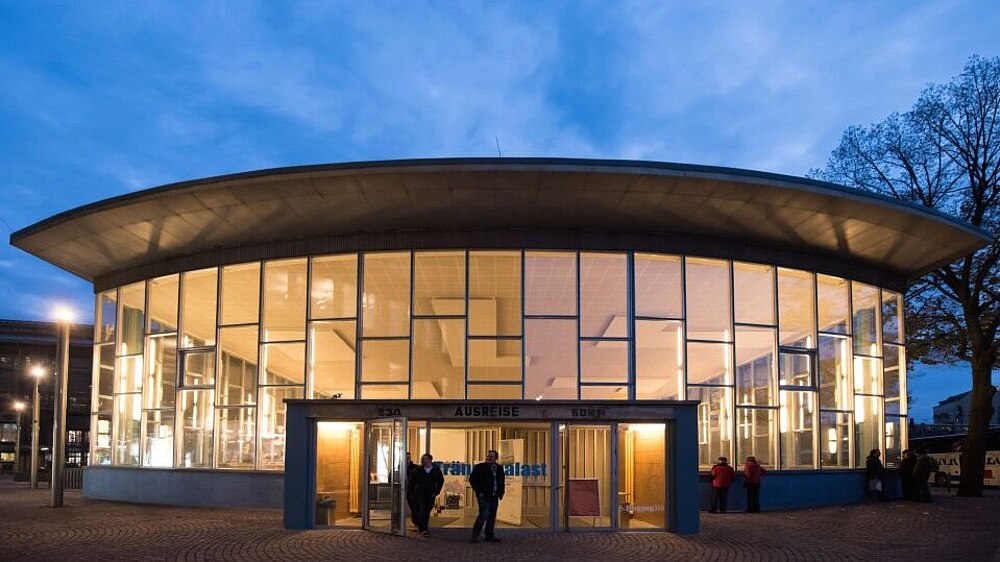Organisation

Experience history – at the Tränenpalast. From 1961 until 1989, the Berlin Wall divided the city in two: into East Berlin and West Berlin. There were a few border points where people could cross from the one side to the other. The hope of emigration, the pain of bidding farewell – experience it at the place where it happened. In our permanent exhibition, over 550 objects and documents recall those moments of separation and goodbye, escape and protest, surveillance and checkpoints. Countless contemporary witnesses recount their personal experiences at the Friedrichstrasse border crossing. Educational services for all target groups provide insights into the exhibition and encourage visitors to compare what they have learned with their own lives.
In the form of panel discussions, book presentations and workshops, we offer a platform to talk with contemporary witnesses, prominent representatives from the worlds of politics, business, culture and the media. Our online projects on History Online go far beyond the museum exhibits themselves. The Tränenpalast is a place of remembrance. Even 25 years after German Unification, people come here to find their own stories and tell them to others. In fact, we view the Tränenpalast as a place where visitors from all over the world can address the issues of borders, controls, democracy and dictatorship.
Structures

Structures
Together with the Museum in der Kulturbrauerei, the Tränenpalast forms the single organizational entity of “Berlin” under the aegis of the Haus der Geschichte Foundation. This Berlin section is made up of seven organizational units under Director Dr. Mike Lukasch. There are dedicated experts for the fields of exhibitions, media, education, the collection, collection management (registrars) and administration. Most of the offices are located at the Museum in der Kulturbrauerei.
Historical Site

Historical Site
When the Wall divided Berlin in two, the Tränenpalast lay in-between. It was the departure hall for immigration from East to West Berlin and was built in 1962, directly after the Wall went up. While it is located in what was Communist East Berlin, it actually formed a unique intervening space between East and West, the “torn gap in the heart of a broken city”. The glass and steel pavilion drew on the architecture of the day. At the same time, the sunken departure hall concealed many an experience of the Communist East German border regime from the public eye. The radical changes of 1989-90 directly affected the Tränenpalast – on the night of 10 November 1989 the border opened here, too.